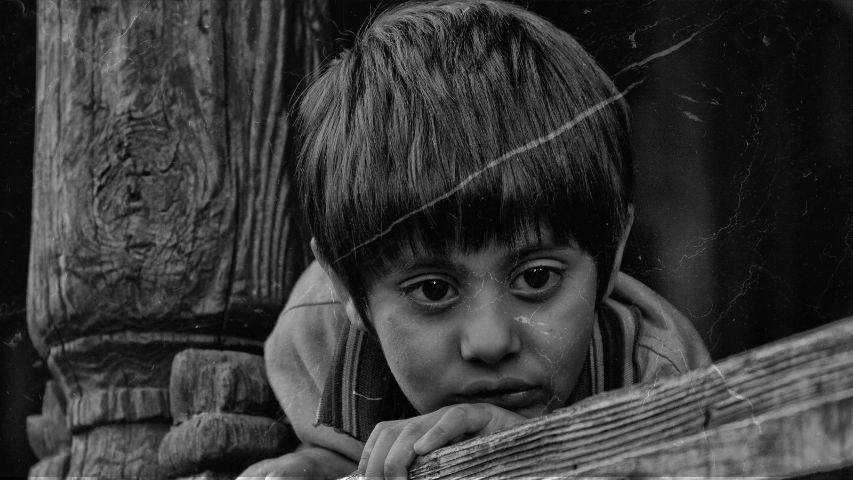-853X543.jpg)
INNOCENT UNTIL PROVEN GUILTY OR GUILTY UNTIL…
by HUMRA QURAISHI October 7 2023, 12:00 am Estimated Reading Time: 4 mins, 41 secsIn these dark, stifling times, my thoughts go to many of the imprisoned citizens of India, most of them undertrials, writes Humra Quraishi.
In the month of May this year, news came that the leader of Aam Aadmi Party (AAP) and former minister Satyendra Jain collapsed in the bathroom of the Tihar Jail due to dizziness. This was the second time Jain has fallen in the Tihar jail bathroom. He’s been lodged there ever since he was arrested by the Enforcement Directorate in connection with a money laundering case. What if Jain wasn’t a politician? Would the news, then, of his collapsing ever surface?
Every now and then one gets to hear of over-crowded cells and wards in Indian prisons, we read reports about violence breaking out, but that’s it. How often do we hear about what the prisoners go through in such stressful conditions?
A large number of those imprisoned in India are undertrials, so technically they are innocent - yet so many years of their lives are wasted languishing in jails. Undertrial prisoners are those who haven’t been convicted of a crime yet, but have only been accused i.e. the charges mentioned against them haven’t been proven. They are still, literally, 'under trial'. Is there anything like guidance and counselling for men and women who wait for years for lack of family or legal support, to be eventually declared innocent? What happens to their lives? Who is responsible for the years they have lost?
According to the Prison Statistics of India report (2021), over 3 out of 5 undertrial prisoners, lodged across Indian prisons, are from Dalit, Adivasi and OBC communities. And, of the 5,54,034 prisoners, 4,27,165 of them, that is 76%, were undertrial prisoners. This was a 14.9 percent increase from 371,848 undertrials in prison in 2020.
The Supreme Court, in a judgement (Satender Kumar Antil vs CBI, July 2022), when underlining the ineffectiveness of India’s bail system, had said that crowding jails with undertrial prisoners went against the established legal principles of ‘presumption of innocence’ and that ‘bail not jail’ should be the prevailing norm.
The court’s worries about prison crowding were not unfounded – the occupancy rates (in 2021) stood at 130.2%, up from 118% in the previous year. Equally valid were its apprehensions about people languishing in jails for long periods of time, without being convicted.
District jails had the highest share of undertrials, accounting for 51.4 percent of the total, followed by central jails (36.2 percent) and sub-jails (10.4 percent). The pendency of cases is a key reason for undertrials remaining in prison. With more than 14.4 million cases pending at the end of 2021, Indian courts had an overall pendency percentage of 91.2 during the year.

Justice Chandru had said, “There are many instances where the poor are not able to afford the conditions set for bail. This is on top of them already being unable to afford a good lawyer. So they are often forced to remain in prison without availing bail. The legal aid services authority, which is supposed to render legal aid to the poor, has become a sham and nominal.”
In a report filed by Sreedev Krisnakumar in Money Control, senior advocate Colin Gonsalves said that the number of undertrials in jail can be reduced if the authorities follow the order of the country’s top court. “The Supreme Court has made it clear that unless a crime is devious and attracts a punishment of seven years or more, no arrest is to be made. But this is being ignored and the police across the country continue to make arrests based on flimsy charges.”
Indian prisons have the capacity for 425,609 inmates, which is 128,425 short of the requirement based on the number of prisoners in the country.
“There is a natural relation between the high number of undertrial prisoners in India and the high occupancy rate of prisons in most states. If we simply follow the existing provisions for bail and court directives, we will be able to reduce the number of undertrials, and along with it, the occupancy rate of prisons,” added Gonsalves.
I leave you to ponder over what Mahatma Gandhi had to say. I’m quoting him here from the November 1947 issue of Harijan: “All criminals should be treated as patients and the jails should be hospitals admitting this class of patients for treatment and cure. No one commits crime for the fun of it. It is a sign of a diseased mind. The causes of a particular disease should be investigated and removed. They need not have palatial buildings when their jails become hospitals. No country can afford that, much less can a poor country like India. But the outlook of the jail staff should be that of physicians and nurses in a hospital. The prisoners should feel that the officials are their friends. They are there to help them regain their mental health and not to harass them in any way. The popular governments have to issue necessary orders, but meanwhile the jail staff can do not a little to humanize their administration.”
I’ll end this week’s column with a stunning and hard hitting verse of the Bengaluru based poet NANDITA BOSE, from her poetry book titled, Dewed (Published by Atta Galatta).
‘Grief and I are old lovers/meet often by chance/in mildewed mausoleums/without smiles/or recognition in our eyes/yet gently/welts still fresh/earth-warm/like bread baking/no questions/just a stray coupling/to see each other through.’




-173X130.jpg)

-173X130.jpg)
-173X130.jpg)

-173X130.jpg)

